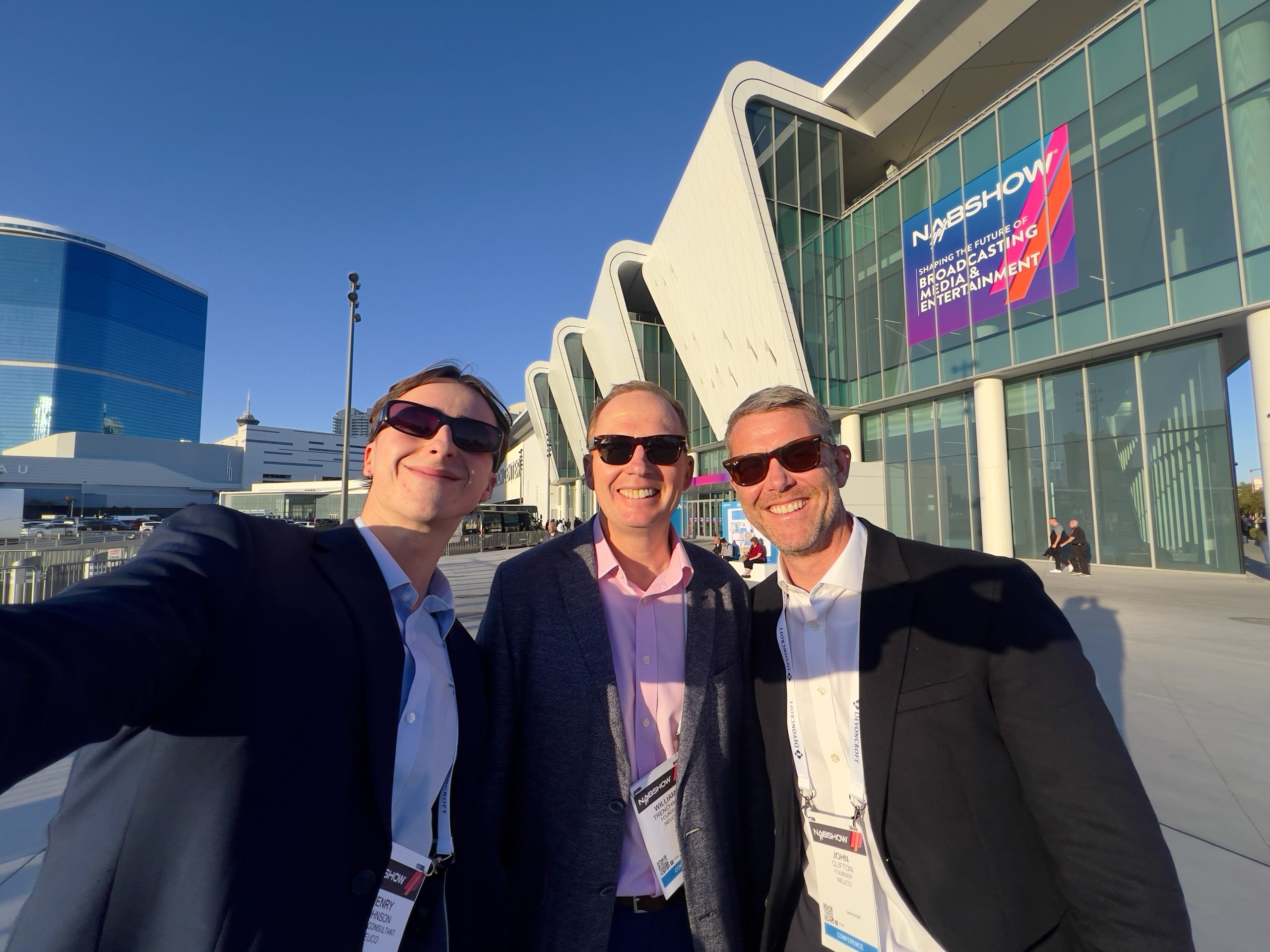As the satellite industry develops, there are increasing numbers of potential applications for the technology. On The Satellite & NewSpace Matters Podcast we were joined by Kevin Fielder, who is the VP of Sales for the global cruise and ferries market at Anuvu. Kevin shared the work that Anuvu are doing to bring satellite connectivity to the luxury travel market. Here are his insights:
You work in a very interesting niche in the SATCOM world with a focus on the cruise and ferry market. What seems to be the most interesting aspect of the market right now?
The pandemic – which really disrupted the industry from a force majeure perspective, and squeezed disposable income so that people were not able to travel as much – obviously had a detrimental impact on any kind of disposable spending market. It really hamstrung the industry. Coming out of it, however, there was a new technology from our friends at SpaceX that completely disrupted the market. When I say disrupted, it’s not a bad connotation, I just mean that it has changed the market.
As people came out of their homes after COVID they were attached to a very fast, high speed internet connection with low latency. Coming back aboard cruise lines, the expectation was that they would have the same experience. It just so happened that at the same point in time we gained the technology that gave them the ability to do that. That situation meant that something that might have had a slow adoption process got ramped up really fast, based upon people’s appetite for that type of technology. This is the experience that people have wanted to have in the cruise environment for years, and now we’ve given them the best of the best available connectivity out on open water.
Those two things – one being a bad experience for everybody from a health perspective, and the other being a transformative technology that came into play quickly at the same time – have really changed the cruise market for the better.

What are you most excited or concerned about in relation to this industry?
The markets have been clamouring for LEO (low earth orbit) connectivity options. Starlink jumped to the forefront of delivery on that, and OneWeb is out in the market as well. Amazon is doing their groundwork to get their first satellites up at the moment too. There are plenty of smaller companies who aren’t publicising the fact that they’re launching LEO satellite capabilities for things like IOT and cell service, but they’re in the market too. I think you’re going to see more and more of that in the very near future, because it can reach so many more people than the traditional model.
There’s a tendency to think that once LEO comes about, the geostationary satellite service will go away, but there’s still a need for it, and maybe a different way of consuming it. That may mean configuring it as a failsafe, because it has much higher latency, but it’s still a good quality product available just about anywhere globally. In addition, there are some models that are consumption based. If you don’t want to consume as much data, you may put some non latency tolerant traffic over those. If you’re going to be paying for it anyway, you might as well utilise it. If I sent you an email, you really don’t care if it arrives now or 30 seconds from now, so why would I use a low latency service at a higher price? Save that capability for a passenger who needs it for streaming.
To learn more about using satellite infrastructure for innovative solutions, tune into episode 28 of The Satellite & NewSpace Matters Podcast here.
We sit down regularly with some of the biggest names in our industry, we dedicate our podcast to the stories of leaders in the technologies industries that bring us closer together. Follow the link here to see some of our latest episodes and don’t forget to subscribe.


